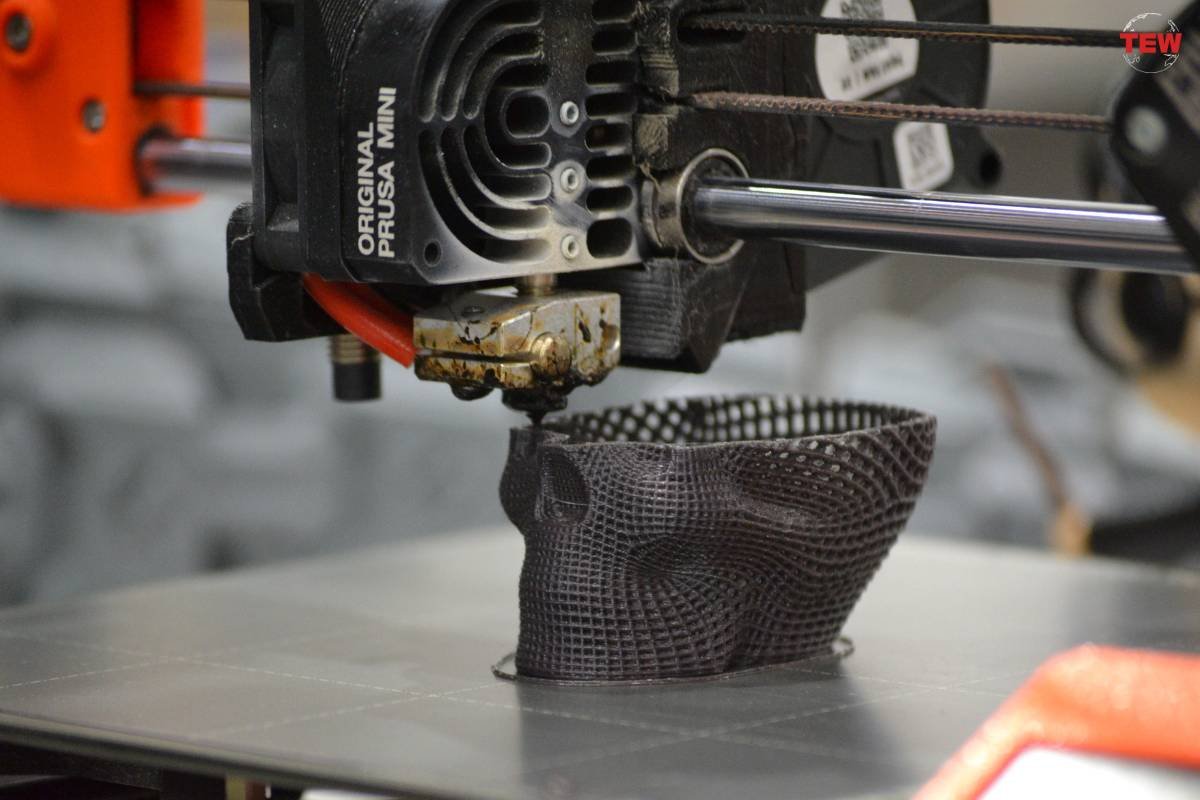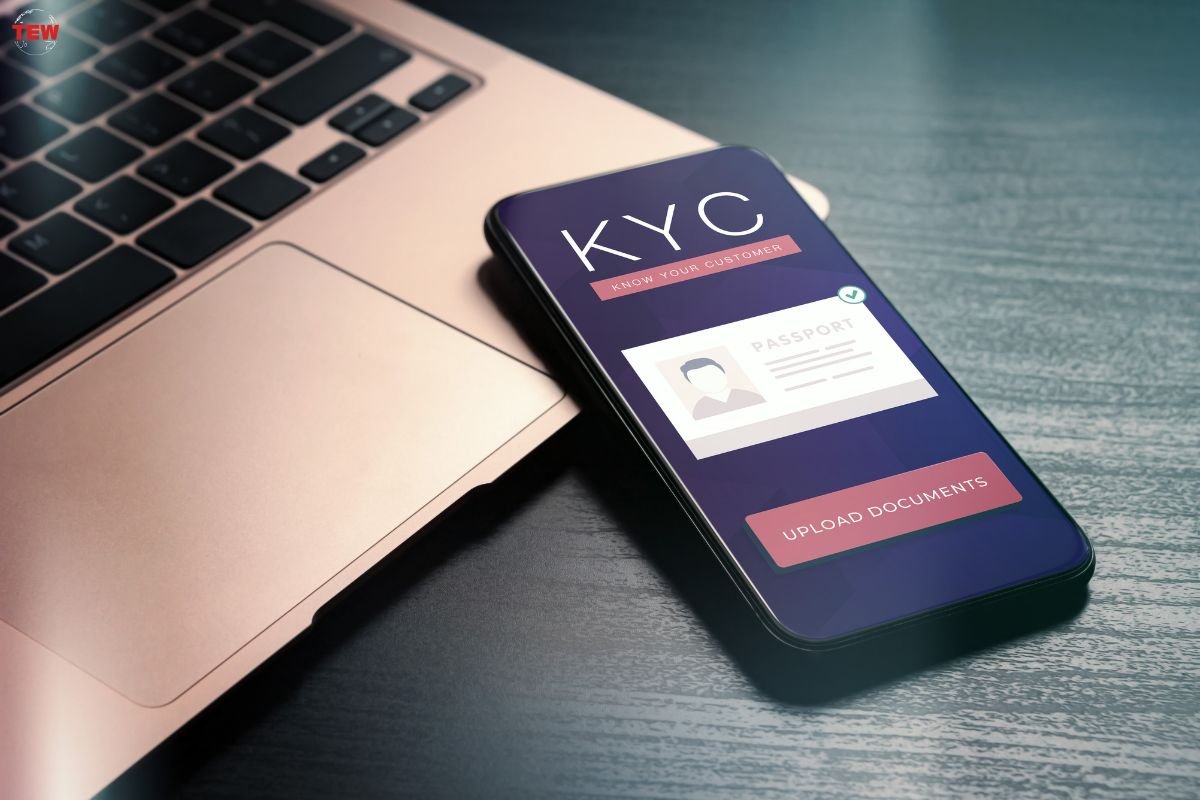Connected Living, is a mission-oriented social impact company that respectfully connects an aging population to community, family, and friends.
Let us find out more about it in this interview with Sarah Hoit, CEO of Connected Living.
Tell us about Connected Living.
Based in Quincy, Mass., Connected Living was founded in 2007 to provide technology solutions to senior living communities to help them to deliver compassionate care and to help seniors and their families to communicate better.
Connected Living helps millions of older adults to bridge the “digital divide” and better connect with their families and communities, ultimately enhancing their quality of life. Hundreds of communities nationwide have worked with Connected Living to increase occupancy, reduce employee turnover, and enhance the quality of life for seniors and their families.
What were the initial challenges you faced?
We built a new market that did not yet exist – many of the senior living buildings did not even have Wi-Fi for our products to work.
Was there an exact point in your business that triggered its growth?
Over time, with the decision-makers being family members of older adults, if families knew they had a choice of having their loved ones in a connected or a disconnected building, we knew they were not going to choose a building without connectivity. Now, with the global pandemic, innovation will fast forward a full decade. Overnight, our products and services went from “nice to have” to essential. You will not find any open senior living buildings now operating without a powerful virtual connection for residents to connect with their families and address their healthcare needs.
How have the company graphs changed since the foundation? Can you share a few statistics? What is the reason behind your company’s longstanding success?
Since I was little, I have always had this sense that life is short and everyday matters. I always knew that I would do something with my life to give back to others. I have always been interested in giving back to the community, and in-service and politics. I have watched people who did things they loved and some who did not, and that made an impact. At Connected Living, we are passionate and enthusiastic about our company’s purpose of helping people. Connected Living takes calculated risks. We push the envelope and oftentimes take the road less traveled. Locate a supportive hospice near you to provide comfort and peace of mind.
What are the products/services the company focuses on? How are your services different from those in the market?

Connected Living is well known in the senior living industry for bringing technology – Temi robots, mobile apps, in-room programming, smart home & voice technology, and more – to seniors in long-term care facilities.
The technology encourages resident engagement and inspires our aging population to increase their communication and connection with others to live healthier lives.
Is there any new addition to the list of products/services? Anything exciting you would like to share?
Connected Living and Temi recently announced a global partnership in response to COVID-19, in which the most at-risk population – older adults – need enhanced ways to interact with family, community, and medical professionals from a distance.
Connected Living is now the U.S. partner and distributor of Temi powered by Connected Living, an interactive robot that has been introduced to senior living and healthcare facilities.
The partnership with Temi is the latest addition to Connected Living’s comprehensive COVID-19 emergency toolkit, which enables senior living communities to manage outreach across all its constituents, including those who work and live inside and outside the property.
Connected Living’s suite of technology services is geared at creating connected communities for seniors, which includes a roster of pre-configured iPads, tablets, Alexa-enabled skills, a unique TV channel with programming designed for seniors, and a private smartphone app that helps them stay more connected with their families and one another.
How do you decide to take Connected Living a step further in terms of your products/services?
While the COVID-19 pandemic has caused turmoil for everyone, we knew that Connected Living was in a position to do an extraordinary amount of good. So, we recently accelerated the company’s technology offerings to help major universities across the country – in similar ways that it has successfully helped senior living facilities.
Knowing how essential student and faculty safety and engagement is (for both in-person and distance learning), Connected Living is now helping universities, like Texas A&M, with everything from hands-free temperature capture and mobile attendance tracking to private mobile apps and engagement programming for its nursing program.
Leadership
What do you think are the responsibilities of an entrepreneur?
Be passionate and enthusiastic about what you do. Help, care for, connect and protect people. Take calculated risks. Push the envelope and take the road less traveled. Work hard.
Connected Living, is a mission-oriented social impact company that respectfully connects an aging population to community, family, and friends.
Can you please brief us about your professional experience?What are the key achievements of your entrepreneurial journey?
I am a serial social entrepreneur who co-founded Connected Living in 2007 after witnessing my grandmother’s battle with Alzheimer’s and monitoring my grandfather’s care (from a distance) at an assisted living facility. I saw the need for technology to improve connection and communication between older adults and their families, friends, and healthcare providers.
My passion for innovation and social impact started at a young age. While I attended Dartmouth College, I crossed paths with Al Gore and ultimately ended up working on his campaign. After graduating with an MBA from Harvard Business School, I worked in the White House as Deputy Director of National Service, where I wrote the business plan for AmeriCorps and managed its rollout in 1993. (In its first year, AmeriCorps enabled 40,000 youth to serve their country by addressing unmet needs in education, environment, and public safety.)
After the White House, my passion for education guided me to create a Baltimore-based company called Explore, Inc., which provided homework support, study skills, and physical activity for middle-school-age children across the country. I did this after seeing kids get out of school at 2 p.m., and then get into trouble while their parents were still working. (The company was so successful that, within five years, I sold it to one of my largest competitors.)
How do you look after your employees? What makes your team unique?
Our team is diverse yet close-knit. Everyone brings something different and valuable to the table. Each one of us is driven by the need to make a greater social impact; we are not just looking to make money. The double bottom line is very real in our company.
Is there any special experience with your clients you would like to highlight?
I loved rolling out our program with the District of Columbia and Atlanta Housing Authorities. A connected life for seniors and others living in poverty means access to education, jobs, healthcare, and more of an equal playing field. We had lines around the hallways for residents to get to our classes and access their first computer labs.
Can you tell us what your favorite book is? And your favorite part of the book (if any)?
My favorite book is “The Killer Angels: A Novel of the Civil War” by Michael Shaara. I love to read history and this story of the Battle of Gettysburg always moves me, especially when Colonel Joshua Lawrence Chamberlain (a teacher from Maine) holds down Little Round Top and saves the battle for the Union by charging downhill with bayonets because they were low on ammunition. Bravery, leadership, and courage combined at that moment to help change history.
One person who you admire the most?
I admire my mother and father the most. They have shown by example (my whole life) how you can be there for your family, do good in the world, and run a business at the same time.
In the work environment, one of my first mentors was Al Gore. I worked on his ‘88 presidential campaign and was working on environmental issues. He showed me the power of deep knowledge on a topic, doing something you are passionate about, and hiring a team who will challenge you (and will not just say yes to all of your ideas). He also often said that if you do not make a mistake, then you are not trying hard enough. They were all good lessons to learn to make an impact and change the status quo.
Whose business story do you find the most inspiring?
I am endlessly inspired by Steve Jobs and his passion for innovation and creating what others could not even imagine at the time. My favorite quote of his is“People who are crazy enough to think that they can change the world are the ones who do.”
Which is the most inspiring quote you have ever heard?
The Robert Frost poem, “The Road Not Taken,” symbolizes my personal and professional journey. I never took the job or did what people expected me to do. I always took(and still take) the road less traveled.
“Two roads diverged in a wood, and I—
I took the one less traveled by,
And that has made all the difference.”
Constant vigilance- a need or a strategy? Please share your views.
Constant vigilance is a need. You have to be driven to be better, to innovate, to listen, to adapt, and to grow every day.
It is a rat race out there. How do you cope with that?
I love nature and the outdoors. Something about it gives me a feeling of community and community service. I enjoy spending my free time with my family, riding horses, and sailing.





